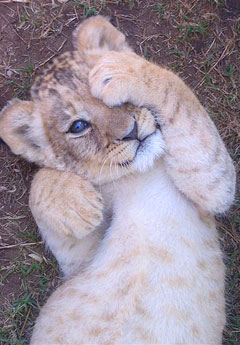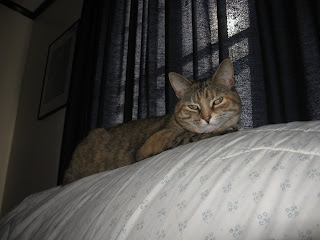
*(Here, we are talking about the flesh of the fruit only, not the bark, leaves, rind, or pit.)
Answer:
Toxic, to birds, particularly psittacines (parrots)
OK, I’ll confess. This post was a bit sneaky. First of all, everybody should know by now that KatDoc doesn’t do bird medicine, so you are forgiven if you didn’t think “avian” when you read this one. Secondly, the people who noted that I specified only the fruit recognized there was some trick to this question.
The point I wanted to make with this week’s quiz is to help you become discriminating researchers when you look up toxic plants on the Internet or in various pet publications. Most of these sources just run a list of plant names, without specifying what part or parts are toxic, what species may be affected, and whether the toxicity is limited to mild GI distress or is more severe.
In this week’s case, avocado bark, leaves, rind, and pits have all been implicated in various toxicities in a number of different species. Dogs may experience vomiting and diarrhea. Horses, physically unable to vomit, develop colic, which can be fatal. Goats have been reported to develop mastitis (inflammation of the udder) from eating avocado leaves. Cattle, rabbits, rodents, cats and fish are also among the listed species affected by the plant parts, but only birds seem to be severely affected by eating the fruit.
Respiratory distress, congestion and fluid accumulation in the tissues around the heart can lead to death in several avian species. My various sources listed parrots, budgies, cockatiels, canaries, and ostriches specifically. The toxic agent is a fatty compound called persin. No treatment was mentioned, nor could I find a toxic dose.
Here’s an interesting fact: The Guatemalan type of avocado (Persea
 Charlie, aka "Chuckles,"
Charlie, aka "Chuckles,"
a 21 year old Chestnut-fronted Macaw,
says, "Don't eat avocados!"
[Thanks, Zick!]


















































